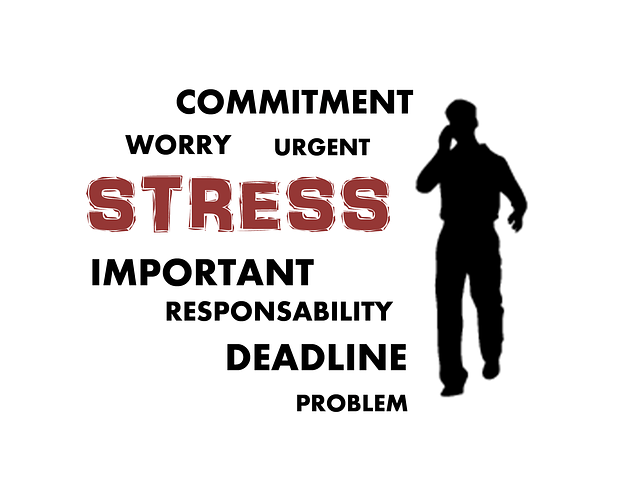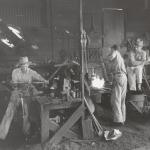The week before Christmas arrived I went shopping at Best Buy to get my wife an i-phone. This is the same electronics retailer that promoted the “You, Happier” advertising campaign during one of the most depressing economic downturns in history. Sam Van Eman of New Breed of Advertisers Blog had written a thought-provoking post on the Best Buy ad campaign several weeks ago (Me, Happier), questioning the presumption that electronics and other material goods really can make us happy. Or happier, I should say. This, of course, assumes that we have a baseline of happiness to begin with. There were several comments, mine included, on Sam’s post which confessed that buying cool electronic gadgets actually do make us happy, at least temporarily. But I wasn’t thinking about any of this when I bought that i-phone. All I knew is that’s what my wife wanted for Christmas.
I didn’t realize the vast powers this gadget possessed with it’s 3g technology until it became a starring attraction on an eleven-hour road trip from Philly to Kentucky for a family holiday visit. As we approached the West Virginia border, Beth started getting all giddy and excited upon the realization that she could access the Internet right there from the device, in the middle of the car, in the middle of nowhere, Maryland. This delightful discovery opened up all sorts of new possibilities. One of which was that I immediately became the most intellectually curious person in the country.
We drove passed a sign that announced the “Eastern Continental Divide.”
“What is the Eastern Continental Divide?” I asked Beth, with an unexplained urgency in my voice. She got on the i-phone and read me a description from Wikipedia. Okay, good. Now I know.
Next I noticed a sign with a vague reference to the Mason-Dixon line.
“What is the history of the Mason Dixon line?” I asked no one in particular. My daughter, who is in junior high school, started explaining. But Beth turned to the magic i-phone internet and pulled up a much more thorough definition, with dates, times, people and survey results.
While we’re at it: “What does ‘tawdry’ mean?” I remembered a reference to this word recently, and was ashamed that I didn’t really know its meaning. I could guess at it, but why not get the Miriam-Webster’s definition, while we’re driving, while I’m thinking of it?
“Cheap and gaudy in appearance or quality,” Beth cheerfully responded to my request. Cool. Mystery solved.
We were quiet for a while, and then suddenly I had this burning thirst for more knowledge. “How tall is the tallest woman in America?” I honestly don’t know where that question came from, but it was a good one. It took about 30 seconds for Beth to reveal the name and height of the tallest woman in America. (Seven foot four inches). “Is she in a wheelchair?” My daughter asked from the back seat. “No,” said Beth as she proceeded to pass the phone around with a picture of this woman. “Wow,” I hear Lilly say behind me. “Why is she wearing high heels if she’s so tall?” Heels? Give me that I-phone. Yes, there she was, the tallest woman in American, wearing high heels, and shorts. She looked pretty attractve. Too attractive, really. Later I found out it was a hoax. The wheelchair was probably more accurate.
Was our family happier? Well, I guess you could say that. We had fun with it. We learned a few things that should have been retained from junior high school and a bizarre fact of human extremes. Will it bring us inner peace, spiritual fulfillment and encourage my daughters to grow up to be strong young women of faith and godly character? Definitely not. But you should probably realize that when you buy the thing.











